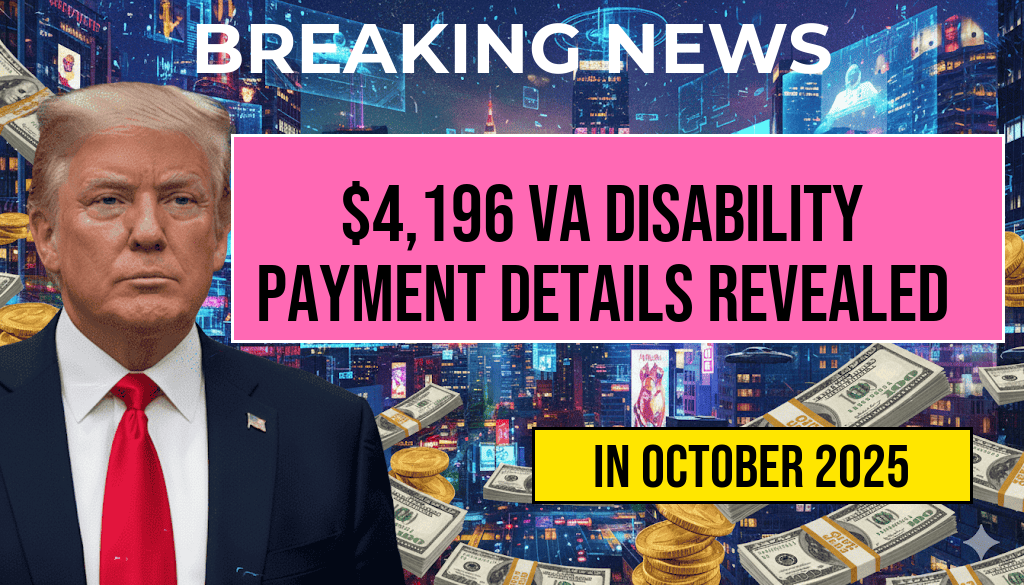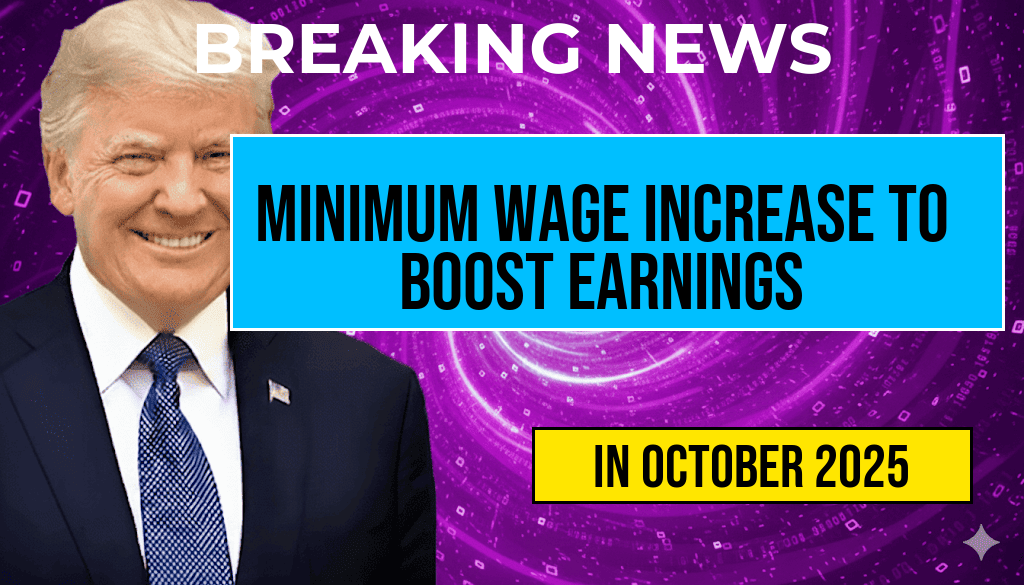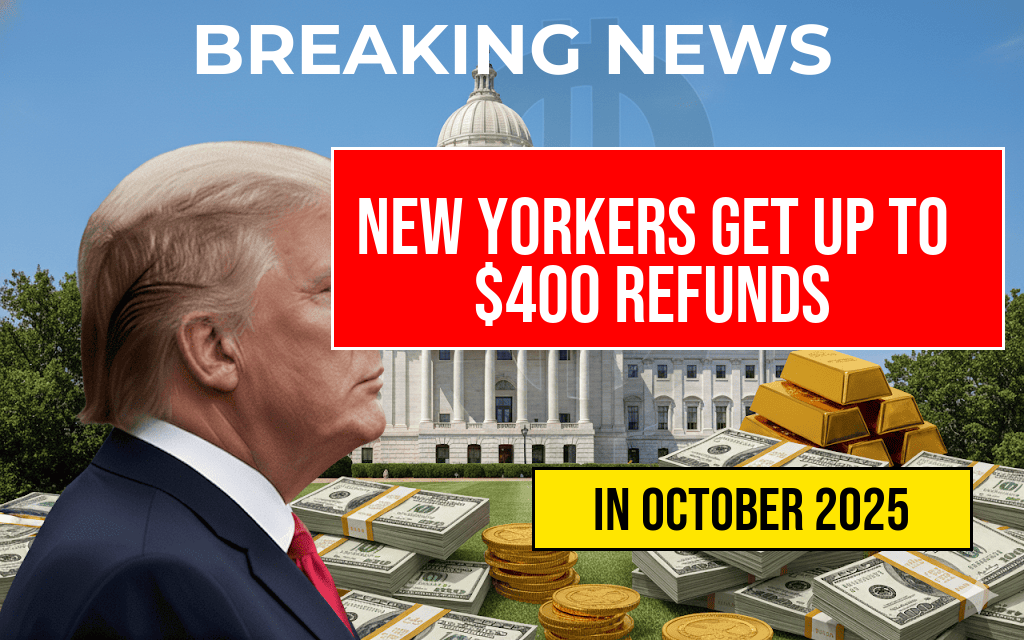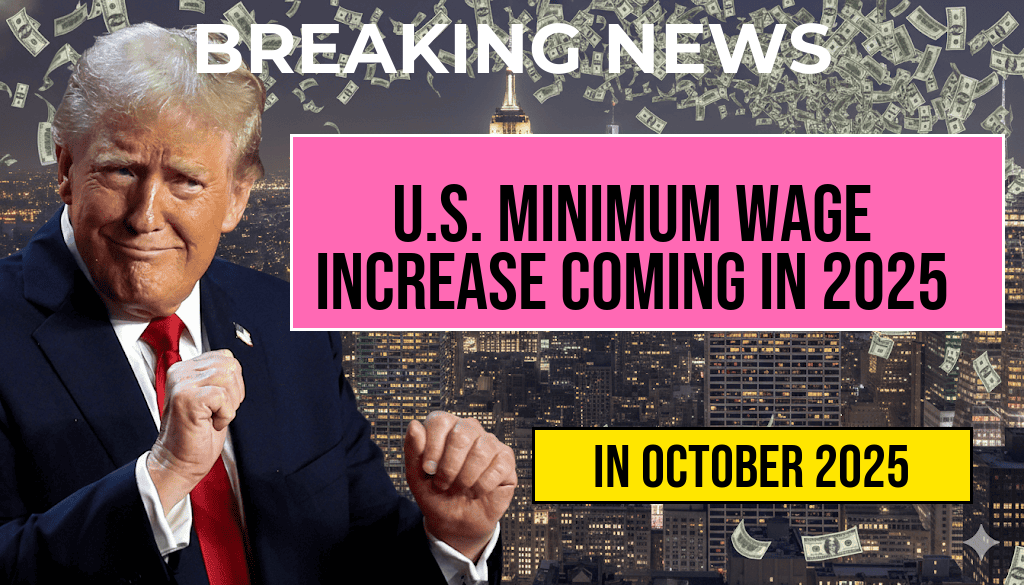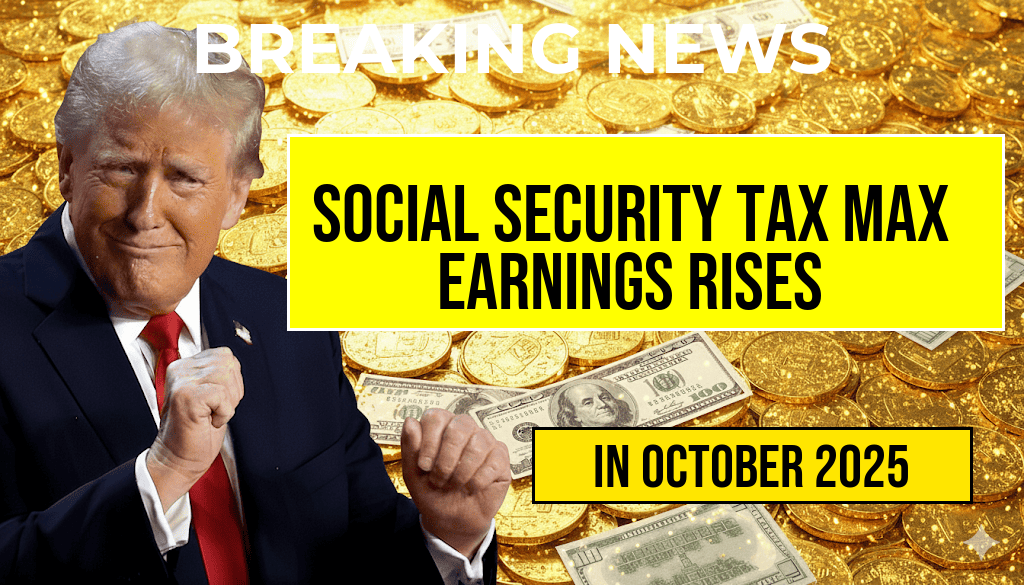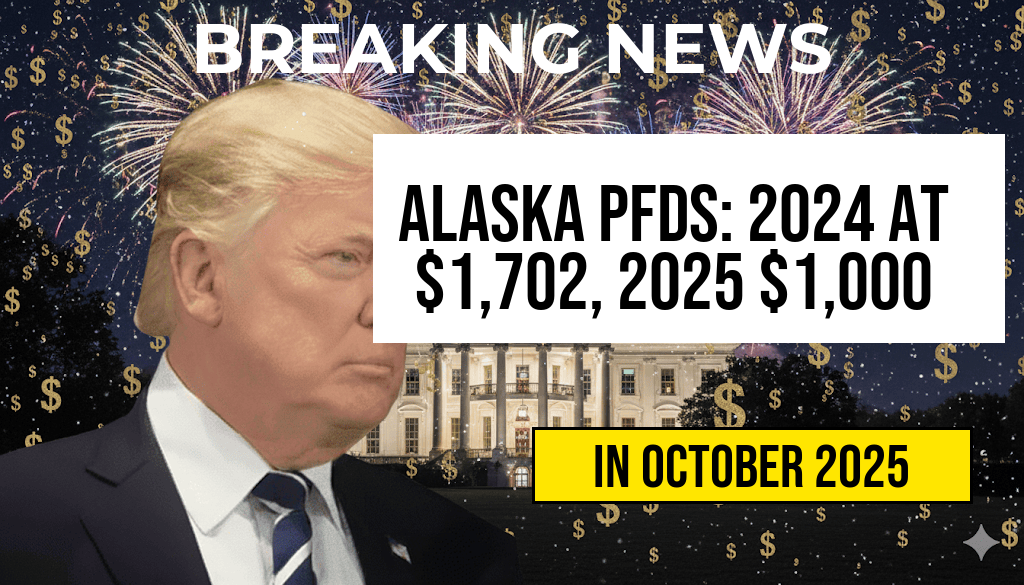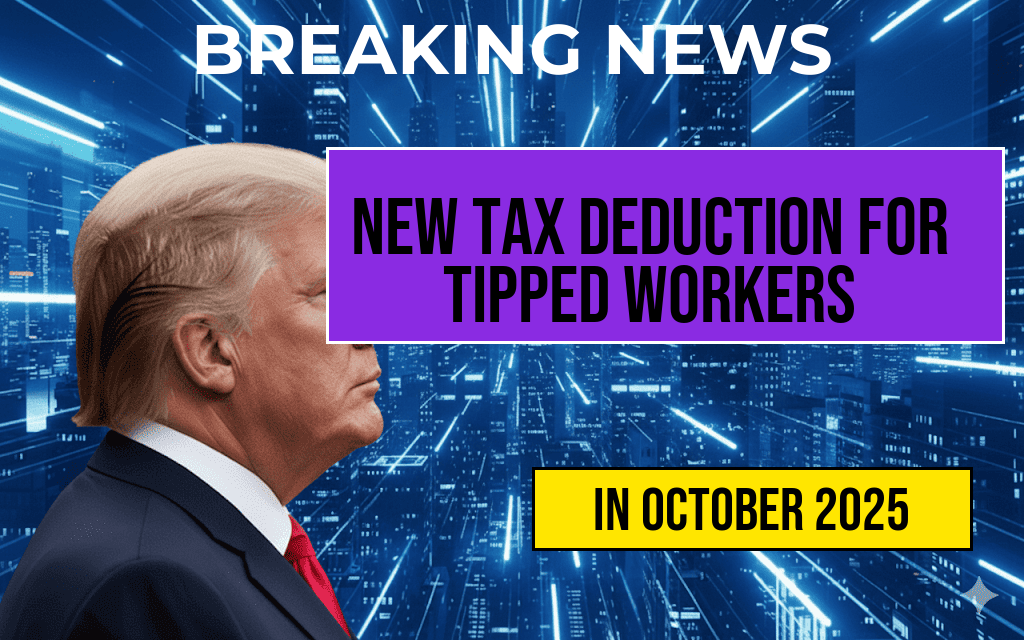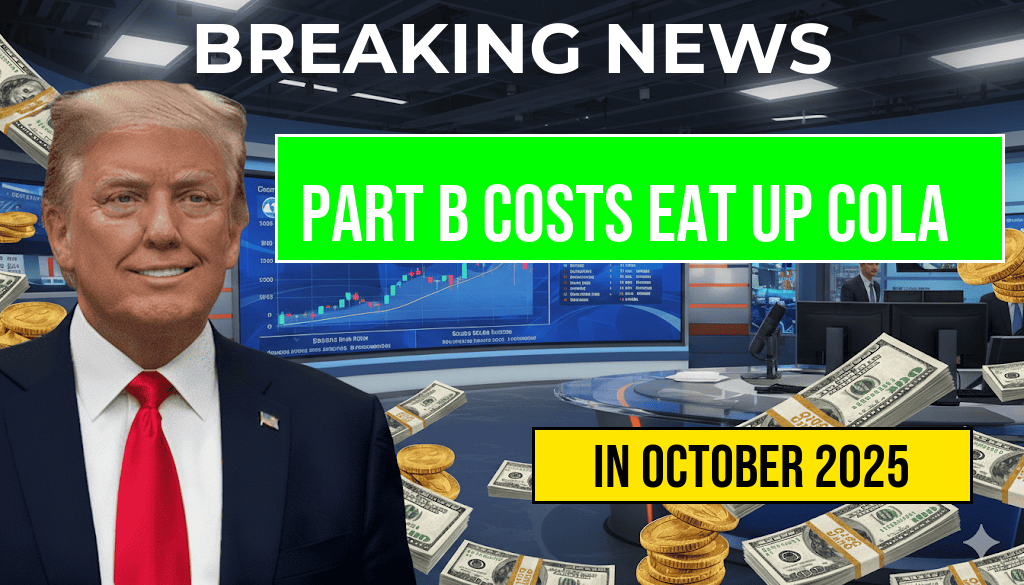The U.S. minimum wage is set to experience a significant increase in 2025, with revised hourly pay rates scheduled to take effect on October 4. This decision comes as part of ongoing discussions surrounding wage policies aimed at addressing inflation and the rising cost of living. The new rates reflect a growing recognition of the need for equitable pay as many workers across the country continue to struggle with financial stability. The adjustment is expected to impact millions of employees nationwide, particularly in sectors where low-wage work is prevalent, such as retail and hospitality.
Details of the Minimum Wage Increase
The forthcoming increase will raise the federal minimum wage from $7.25 to $15.00 per hour. This adjustment is part of a phased approach, with incremental increases planned over the next several years. The U.S. Department of Labor has stated that the new wage structure aims to ensure that workers can meet their basic needs without relying on public assistance.
Timeline for Implementation
- October 4, 2025: Minimum wage increases to $10.00 per hour.
- October 4, 2026: Minimum wage increases to $12.00 per hour.
- October 4, 2027: Minimum wage increases to $15.00 per hour.
These changes represent a substantial shift in compensation standards, especially for states where the minimum wage has remained stagnant for years. While the increase has been met with support from labor advocates, some business owners express concerns about the potential impact on their operational costs.
Economic Impact and Reactions
The decision to raise the minimum wage is anticipated to have broad economic implications. Proponents argue that higher wages will boost consumer spending, thereby stimulating local economies. A report from the [Economic Policy Institute](https://www.epi.org) suggests that increasing wages for low-income workers can lead to increased productivity and reduced employee turnover.
However, critics warn that the increase could result in job losses, as small businesses may struggle to afford the higher wages. The National Federation of Independent Business (NFIB) has voiced concerns about potential layoffs and reduced hiring, particularly in rural areas where profit margins are tighter. As the debate continues, policymakers are encouraged to consider the diverse economic landscapes across states and communities.
State-Level Responses
In addition to the federal changes, several states have already taken steps to implement their own minimum wage increases. For example, California and New York have set their minimum wages to $15.50 and $15.00 per hour, respectively, with further increases planned. According to the [U.S. Department of Labor](https://www.dol.gov), many states are now re-evaluating their wage policies in light of the impending federal increase.
State Minimum Wage Rates
| State | Current Rate | Scheduled Increase Date | Future Rate |
|---|---|---|---|
| California | $15.50 | January 1, 2024 | $15.50 |
| New York | $15.00 | December 31, 2023 | $15.00 |
| Texas | $7.25 | N/A | $15.00 (2025) |
Conclusion: Looking Ahead
The upcoming increase in the federal minimum wage is a landmark moment in the ongoing dialogue about workers’ rights and economic equity in the United States. As various stakeholders prepare for the changes, the focus will likely shift to how these new wage standards will be implemented and enforced. Continuous monitoring and analysis will be essential in understanding the full impact of these adjustments on both workers and businesses alike.
Frequently Asked Questions
What is the new minimum wage rate set for 2025?
The new minimum wage rate for 2025 is expected to be increased to $15 per hour, which reflects a significant rise from the current levels.
When will the revised hourly pay rates come into effect?
The revised hourly pay rates will become effective on October 4, 2025.
How will the increase in minimum wage affect workers?
The increase in minimum wage is anticipated to benefit millions of workers by providing them with higher earnings, improving their living standards.
Are there any exceptions to the new minimum wage laws?
Yes, certain exceptions may apply, such as for small businesses or specific sectors, which could have different regulations regarding minimum wage increases.
What factors prompted the decision to raise the minimum wage?
The decision to raise the minimum wage was influenced by factors such as rising living costs, inflation, and the need for a fairer compensation structure for workers.

